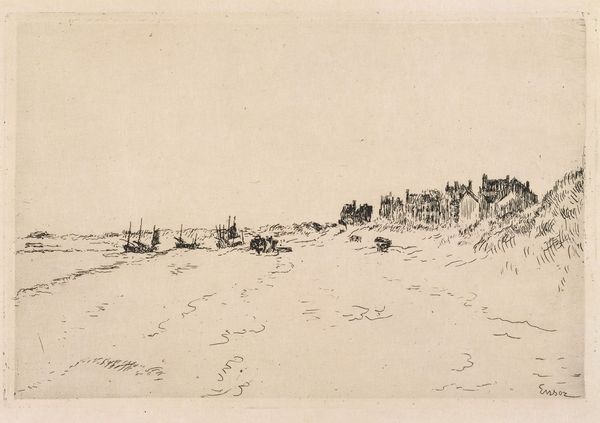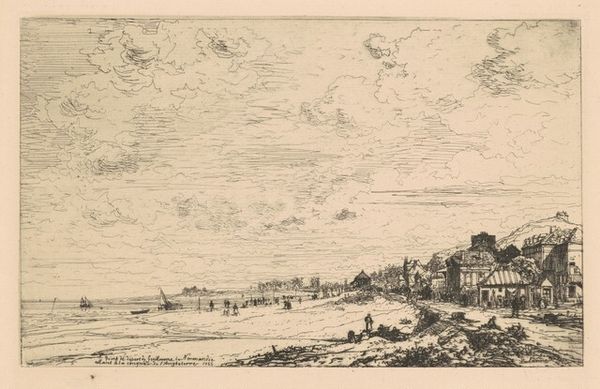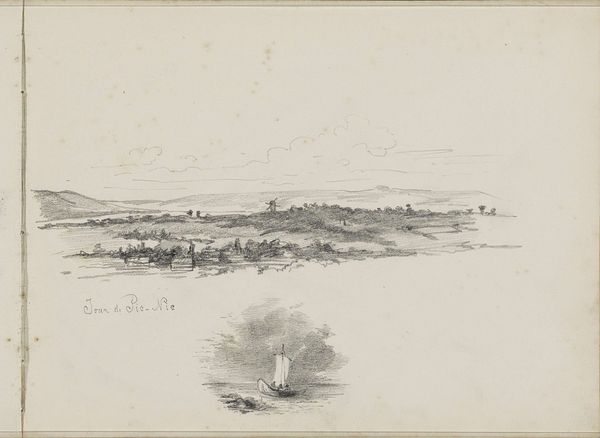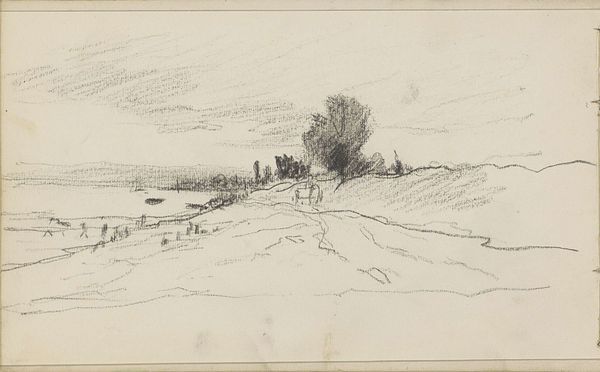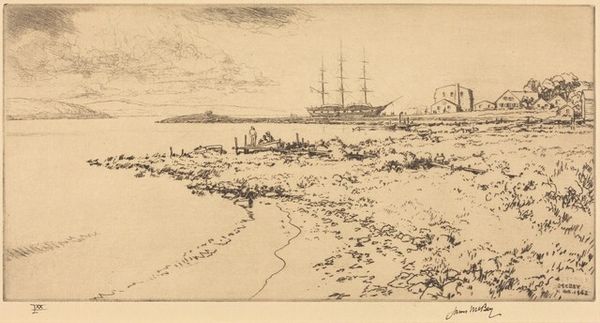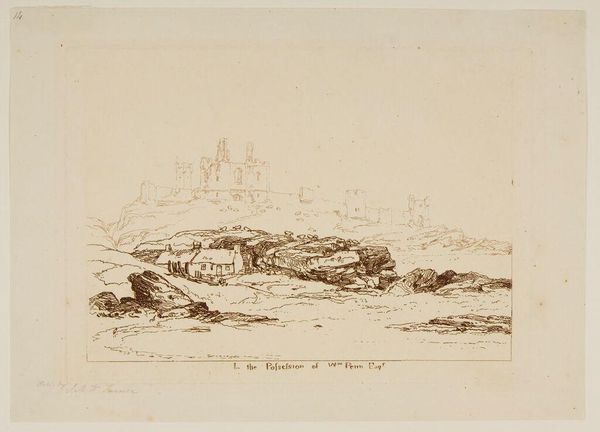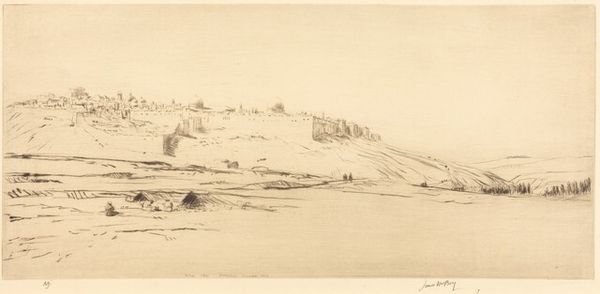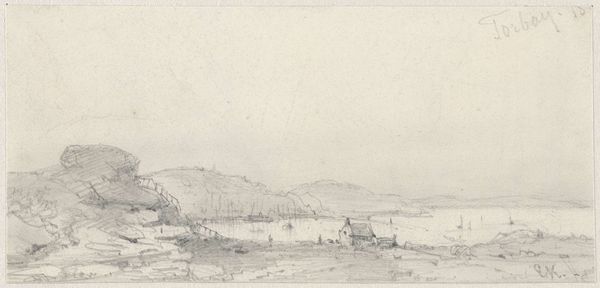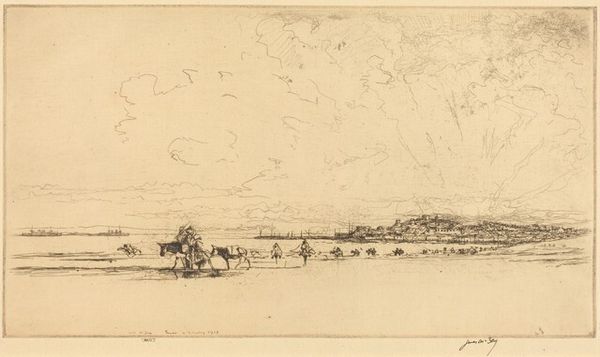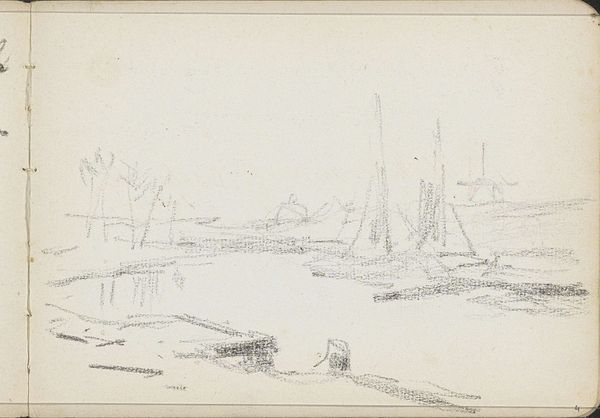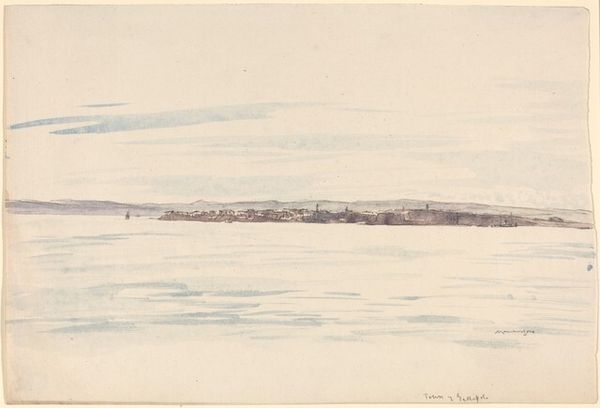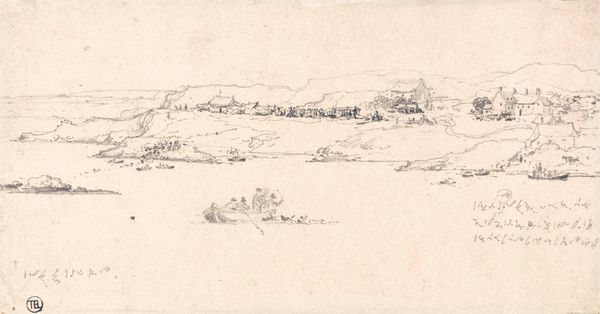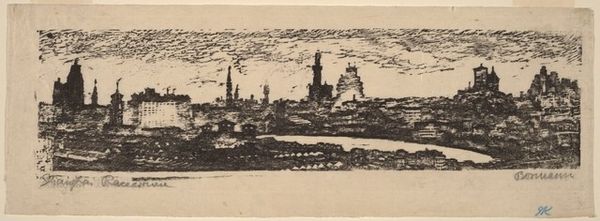
drawing
#
pen and ink
#
landscape illustration sketch
#
drawing
#
mechanical pen drawing
#
pen illustration
#
pen sketch
#
old engraving style
#
etching
#
linework heavy
#
pen-ink sketch
#
pen work
Dimensions: overall: 21.4 x 27.8 cm (8 7/16 x 10 15/16 in.)
Copyright: National Gallery of Art: CC0 1.0
Curator: This delicate line drawing by Muirhead Bone presents a vista of Seraglio Point in Constantinople, now Istanbul. Note the intricacy of his linework. Editor: My immediate impression is one of faded grandeur. The subtle gradations of light and shadow, rendered only with ink, evoke a historical weight—almost a melancholic reflection on empire. Curator: Indeed. Bone's precise and methodical hatching, especially in the depiction of the Yeni Valide Mosque, suggests a rigorous engagement with form. The interplay between the horizontal sweep of the water and the vertical thrust of the minarets structures the composition beautifully. Editor: I wonder, though, what perspectives Bone's precise depiction might unintentionally obscure. As an artist working in the early 20th century, likely within the milieu of British imperialism, how does his gaze reflect or refract power dynamics between the West and the Ottoman world? Is he capturing the city or, in a sense, claiming it through representation? Curator: Such context undeniably informs our reading. Yet, considering the drawing solely as an exercise in documenting imperial power risks overlooking the sophisticated rendering. Bone's skillful use of perspective, for instance, creates depth, drawing the eye across the Bosporus. Observe how his linework conveys a sense of architectural density without resorting to excessive detail. Editor: But it's that very architectural density, almost presented as a teeming mass, that raises questions for me. Does it highlight the vitality of Ottoman culture, or subtly suggest overpopulation, disorder— anxieties projected by the colonizing West? I appreciate your focus on form, but I find myself pulled to reflect on these implications. How do the political tensions resonate in this representation of a distant empire’s landscape? Curator: I see your point. Ultimately, perhaps the artwork’s strength lies in this ambiguity, the visual tension between a formalist appreciation and critical inquiry, allowing the drawing to act as a rich space for dialogue between past and present, image and interpretation. Editor: I agree. It really prompts one to confront the act of looking and what exactly is being observed or missed within these complex historical contexts.
Comments
No comments
Be the first to comment and join the conversation on the ultimate creative platform.
